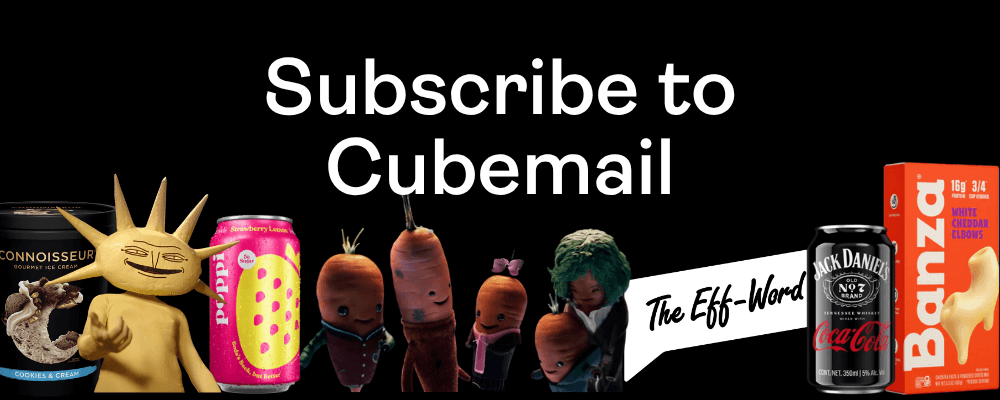
Unfortunately, Internet Explorer is an outdated browser and we do not currently support it.
To have the best browsing experience, please use Google Chrome, Firefox, Microsoft Edge or Safari.
We use cookies to improve your experience on our website. By continuing to browse this website, you agree to our use of cookies. For more information, please refer to our privacy policy.

This is a self-funded case study using our Innovation Testing solution.
When it comes to battles between consumer goods heavyweights, they don’t come much bigger than Coca-Cola vs. Pepsi. The latest installment in the ‘Cola Wars’ has seen Coca-Cola launch ‘Starlight’ — the first in a line of limited-edition ‘Creations’. Coca-Cola explains it’s a way for the brand to explore ‘out of this world’ ideas while re-engaging younger consumers with the category. The space-inspired concoction features a red hue and is purported to offer special cooling properties.
Pepsi adopted a different approach with ‘Nitro’; it’s claimed that the inclusion of nitrogen helps create a smoother and creamier experience. Promising great taste and an even better drinking experience, Nitro utilizes the same technology as Guinness beer to create a silky froth.
To see who won this round of the ‘Cola Wars’, we tested the two beverages head-to-head using our 3Cs framework.
Pepsi's nitrogen infused soda was considered somewhat revolutionary for the category, with over half of people noting that it was unlike anything they’d ever seen before. The idea of smooth bubbles (resembling a draft beer) piqued interest and generated excitement. Starlight, on the other hand, was a more familiar proposition — although it also caused considerable skepticism. While the drink’s red hue certainly helped it stand out, the unknown flavor profile caused hesitancy and a sense it was just a gimmick.

Starlight was very ‘Coca-Cola’, leveraging the brand’s inimitable bottle shape, red label, and bold logo to ensure nobody would be in any doubt who it was for. However, by the same token, the space-theme was found odd and left many feeling as though it didn’t align with the brand. Conversely, Pepsi moved away from its conventional packaging format and adopted a sleeker and more contemporary look for Nitro. However, similarly to Coca-Cola’s brave experiment, the inclusion of nitrogen strayed from conventional expectations of both the Pepsi brand and wider soda category.

Nitro set itself apart from competitors, with its unique formulation and other-worldly drinking experience considered quite new and relevant. In comparison, people struggled to conceptualize Starlight. Many were confused as to what the ‘space flavor’ would entail, consequently leading to doubts around whether it’d deliver on the most important category drivers — taste and refreshment. In addition, many simply didn’t view it as any different to the brand’s core offer.

The pressure to innovate is a constant in the soda category, with manufacturers battling to keep promiscuous shoppers from leaking into adjacent categories. However, the costs of innovation are considerable: manufacturing, R&D, and marketing — not to mention the opportunity cost of switching focus from the brand’s core range.
This is why, when determining the potential of a new product extension, its ability to drive predisposition and incrementality is vital. But equally important is understanding what the product extension does to strengthen the masterbrand’s broader halo — nudging people toward the wider portfolio over competitors.
With the most successful innovation broadly following the eighty-twenty rule, it’s in this respect where Nitro excelled. Featuring enough familiar branding cues to provide credibility and make it easily identifiable, together with a dash of something new to get people thinking twice, Nitro successfully opened the door for Pepsi to a wider set of consumption occasions.

Want to test your own advertising, packaging, or product ideas? Cubery combines a team of creative effectiveness experts with cutting-edge technology, bridging the gap between creativity and commercial impact. Get in touch to learn how we can unlock growth for your brand.
